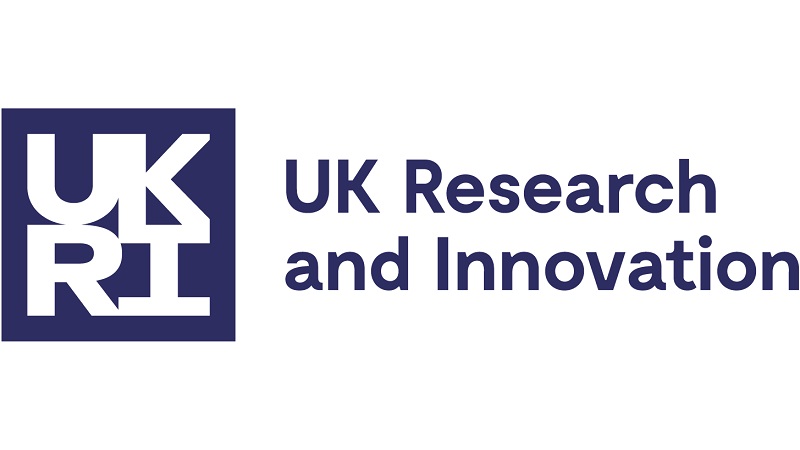Project status
In progress
Duration
Open-ended
In progress
Open-ended
The built environment is responsible for approximately 40% of carbon emissions in the industrialised world. As we move towards a carbon neutral society, the construction community needs to provide more efficient buildings. We know that early-stage decisions have the largest impact on the energy use of a building. So we need tools that work with the knowledge available at these stages, and with the people involved in the project at this point.
At the earliest stages, there will only be partial knowledge of constructions and window layouts, and possibly not even a set of plans, let alone details of how the building will be used. In addition, the engineering team may not have been appointed. This all suggests that dynamic thermal simulation might not be appropriate, or even possible.
Many buildings start with great low-carbon ambitions but often drift towards designs that are the opposite and hard to bring back on a low-carbon course. We believe there are two reasons for this:
Given this, we developed ZEBRA as a tool that could be used by an architect, engineer, or student with no previous knowledge of modelling on day one of the project. We set a one-hour time limit to model a house on first use and thirty minutes on second use. We developed ZEBRA as a tool that, ignoring window details, only asks for around 20 pieces of information, is free, and up-skills the user ready for the next project.
To keep the tool cost-free and software maintenance-free, we used EXCEL. This also helps the first-time user, as they are are likely familiar with the interface. It also means others can adapt and expand ZEBRA in the future, which would be difficult for most people if programming skills were needed.
We have included lots of graphical outputs to look at where energy is being used by the building and a low-energy design 101 in the form of large areas of text. We decided that different users will have different levels of knowledge, or be working on a project at different stages, so we introduced three complexity levels.
At level 1, you will need a minimum amount of information about the design to obtain an idea of the likely energy use of the building, and the outputs are presented in the simplest way. This makes ZEBRA a scoping tool. At level 3, more information is required (but still surprisingly little) and the outputs are more complex. There is no need to re-enter information as the design progresses, meaning the user can take the model all the way from a first concept to a full energy and carbon model via complexity levels 1 to 3.
We tested ZEBRA against PHPP (the most popular low-energy modelling tool, but which requires far more modelling experience). We published the results in a journal paper and the answers are almost identical. We also tested ZEBRA against a dynamic simulation package (EnergyPlus) with similar results.
That the performance of such tools can be matched by a simple tool may seem surprising. There are two reasons for this:
Just be aware, ZEBRA will not give sensible answers for an uninsulated stone cathedral in London, or a highly ventilated bamboo stilt house in Thailand.
It is fast to use and free, and we believe its heating energy use modelling is accurate. Unlike most other tools, it is dedicated to low-energy, low-carbon design. Alongside its heating energy modelling capabilities (which have been compared to those of PHPP and EnergyPlus), and unlike some tools, ZEBRA can also model overheating, cooling, embodied energy/carbon, and renewables (solar hot water and PV). This allows for whole-life carbon modelling. However, unlike the heating energy calculations, these other outputs are all computed in a simple way and remain unproven. We believe they are accurate enough for scoping the whole-life carbon emissions of buildings, but they are just the starting point for more complex estimates further along the design cycle.
We will be working with architects in the UK to see how well ZEBRA works on real projects and how it can be improved. We will be working with students at the University of Bath to apply the model to larger buildings and cooling dominated climates, and to see how renewables and embodied calculations can be improved.
ZEBRA is released under an open license, so feel free to download, edit and share it! But please try and keep ZEBRA in the name and tell us what you have been using it for.
As well as the University of Bath, we're supported by UK Research and Innovation (UKRI), University of Edinburgh, and the Active Building Centre Research Programme.

UK Research and Innovation (UKRI)

University of Edinburgh

Active Building Centre Research Programme
Please get in touch if you have any issues, suggestions, or questions about ZEBRA.
ZEBRA was developed at the University of Bath, as part of the Active Building Centre Research Programme. The programme brings together several leading universities and businesses to develop and test innovative ideas and technologies that will enable the construction industry to transform into a net zero emissions sector.